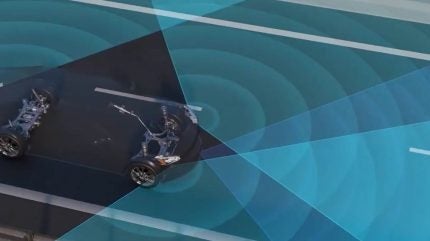
Hyundai Mobis Company, the main automotive components unit of South Korea’s Hyundai Motor Group, unveiled a new driver assist feature that helps improve highway safety.
The company announced that it has developed a rear safety control system that warns drivers when a vehicle approaches too closely from the rear and automatically increases the vehicle’s speed to maintain a safe distance and avoid a collision.

Discover B2B Marketing That Performs
Combine business intelligence and editorial excellence to reach engaged professionals across 36 leading media platforms.
The system integrates sensors such as rear-side radars and front cameras with driving control technologies. It operates when the driver uses the Smart Cruise Control (SCC) function on a highway. If the vehicle detects that a vehicle is driving too closely behind, at a distance of ten meters or less, it first emits a sound or displays a visual warning on the instrument cluster. If the situation continues, the vehicle automatically increases its speed to maintain a safe distance.
Rear side radars, which are mounted on both sides of the rear bumper, detect the movement of the vehicle behind, while the front camera recognizes the lane and the vehicle ahead to assist in safe acceleration.
Hyundai Mobis said that a number of global automakers already have collision warning systems in mass production, including systems that automatically adjust seatbelt tension in preparation for a possible collision. But the company pointed out that these systems “are not yet advanced enough for the vehicle to control itself autonomously.
Hyundai Mobis said that it plans to “further expand the scope of autonomous control for defensive driving against rear vehicles.” The company confirmed it is currently developing a lane-changing function “to escape dangerous situations,” in addition to an acceleration control function that allows the vehicle to speed up on its own.
Jung Soo-kyung, head of Hyundai Mobis’ automotive electronics business unit, said in a statement: “We will actively protect the safety of mobility users by providing solutions that can intelligently handle not only front-end safety, but also dangerous situations caused by rear vehicles while driving.”






